BRISTOL – Jason Anthony does not consider himself a foodie — you know, the kind of person who by definition loves good food, can identify every last ingredient in a dish and where it came from, and would try just about anything in the name of gastronomic braggadocio.
And yet, there is one thing he knows for sure.
“I would eat a penguin,” Anthony answered, without missing a beat, when I asked him if he would ever like to try some of the food the early Antarctic explorers had to eat to survive.
Anthony, a writer and high school English teacher who lives with his wife, Heather, in a cozy home on the Pemaquid peninsula, has just published a book about the obscure topic of “Antarctic cuisine.”
“Hoosh: Roast Penguin, Scurvy Day, and other stories of Antarctic Cuisine” (University of Nebraska Press, $26.95, due out Nov. 1) covers the history of food in Antarctica from the starvation rations consumed by the earliest expeditions on the ice to the Thanksgiving feasts that come out of the modern-day kitchen at McMurdo Station.
The soft-spoken but adventurous Anthony spent eight austral summers doing field work on the Antarctic ice so that he could explore the continent and write lyrical descriptions about the landscape and how it made him feel.
Before all you warm, 21st-century, “March of the Penguins”-loving Westerners with full bellies start judging him for the penguin thing, know this: Anthony feels quite differently about seals, those gentle creatures whose brains starving explorers enjoyed sauteed in a little butter with eggs, tomato sauce and nutmeg. (And served on toast.)
“I have a hard time with seals because they’re really not much different than we are,” Anthony explained. “There’s an anthropomorphic issue there, I guess, where most people, I think, would anthropomorphize penguins. Even these (early explorers) who were eating them thought they were really cute. They were knocking thousands of them on the head, but none of them liked it. They didn’t like killing seals, either, because you could just walk up to a seal. It was like walking up to a squash.”
The title of Anthony’s book refers to a porridge of shredded meat, fat and melted snow, usually thickened with crushed biscuits, that is a staple of Antarctic cuisine.
For sensory-deprived explorers at the turn of the 20th century, food was comfort as well as a matter of survival. In Antarctica, Anthony notes, 99.6 percent of the continent is permanent snow or ice cover. The air is bitter cold and dry, and the wind is “like a knife.”
“If you go to the South Pole, the warmest it ever gets there is 10 below,” Anthony said. “I was there for a couple of weeks once, just as the station opened, and you really don’t get much wind at the South Pole. But you’re talking about 50 below, 55 below, and it’s just cold.”
Nothing can be grown in Antarctica, and the largest terrestrial animal is a little insect.
The early explorers found that their lives were stripped down to the basics, at a time when they needed a huge number of calories just to get by. (Some expeditions didn’t use sled dogs and relied on “man hauling.” The men hauling gear could easily burn 8,000 to 10,000 calories in a single day.)
“You know, they brought some fancy stuff with them, but once you leave the hut, you’re not bringing your jars of lambs’ tongue with you,” Anthony said. “You leave the warm world and go to Antarctica, food is no longer just a ‘three meals a day, let’s see what’s on the menu’ kind of thing. It becomes, if not outright survival, it’s at the very least a commodity which has to come with you. Antarctica provides nothing, in and of itself.”
Nowhere is that more evident than in one of Anthony’s favorite stories, that of the “Northern Party,” an arm of Robert Scott’s Terra Nova expedition in 1910-12. This little-known story is about a half-dozen men who were set on shore from their wooden ship to do six weeks of mapping. By March, they knew their comrades were unable to return for them and they would have to spend the winter, unprepared, on the ice.
They built a 9-by-12-foot ice cave, 5½ feet tall, and basically hibernated there, lined up in their tattered sleeping bags, for months in the dark. They ventured outside only to relieve themselves or kill something to eat. They knew they had to save the food they had brought with them — a few weeks’ worth of pemmican, biscuits, cocoa and tea — for a 200-mile trek to safety in October.
A typical breakfast, Anthony writes, was a mug of penguin and seal hoosh and one biscuit. Supper was 1½ mugs of seal, one biscuit and ¾ pint of thin cocoa.
The men set aside some lumps of sugar, pieces of chocolate and raisins to be doled out in tiny bits for treats and celebrations of holidays and birthdays.
At the other end of the spectrum, Anthony profiles a cook named Rozo, who was picked up randomly in Buenos Aires by a 1903-05 French expedition. Rozo — no one ever found out his last name or his age — was an odd duck who refused to wear socks and carried on a running conversation with the expedition’s pet pig.
But, oh, could he cook. He made croissants every Friday and Sunday, used cormorant and penguin eggs to bake fine cakes and custards, and made black pudding from seals’ blood and liver.
When the expedition was over, the crew dropped him back off in Buenos Aires and never heard from him again.
“One of my favorite lines from the whole thing about that expedition,” Anthony said, “was that the French were pretty happy with penguin meat. They compared it favorably to mule.”
How did someone who doesn’t care that much about food end up writing a book that’s sure to appeal to America’s foodie culture?
The idea first came to Anthony when he was a graduate student at the University of New Hampshire. He befriended another student named Jim Mastro, who worked on the ice for about six years and has also written about his experience there. Mastro showed Anthony his photographs of Antarctica, and Anthony decided to try to get work there on the support staff of one of the scientific bases for a season.
“I really fell in love with the place,” Anthony said. “I really, really fell in love with it. It sounded exotic and cool. At that point, I’d done a lot of hiking. I’d hiked the northern half of the Appalachian Trail. I’d done a lot of canoeing, so I wasn’t averse to some kind of adventure. But it wasn’t like I’d read the history and wanted to go. It was a big blank spot on the map, so to speak, for me.”
Anthony’s first job, in 1994-95, was as a waste management specialist. Then, for four summers, he worked fueling military aircraft, bush planes and helicopters, a job that sent him to field camps all over Antarctica, including the South Pole.
“By the end,” he said, “I was doing pure field work, making landing strips for planes at different sites.”
The idea for “Hoosh” came to him when he was doing research for his other writing in Christchurch, New Zealand, where the libraries are chock full of material about Antarctica and stories of the first explorers. He spent a week or two writing an essay about hoosh. Not knowing where to publish it, he sat on it for a few years.
Finally he published the piece in the culinary journal Alimentum, and then an editor from the University of Nebraska Press heard about it.
The book includes some recipes used by the early explorers for dishes such as “Braised Seal Hearts,” “Escallops of Penguin Breasts” and “Tournados of Seal Portugaise.”
During Anthony’s many seasons in Antarctica, he got a first-hand look at how drastically the food options have changed there. McMurdo Station has a well-equipped kitchen and dining room, and even a small greenhouse. More “freshies” — fresh fruit and vegetables — are flown in regularly from Christchurch, and vegetarian options are now available.
Also on the menu are steak, roast pork, pizza, grilled cheese, fresh-baked sourdough bread and other comfort foods, not to mention Oreos and soft-serve ice cream.
With so much familiar fare to choose from, there weren’t really any foods that Anthony craved. But he did miss cooking for himself, so like a lot of other workers, he started cooking in his room.
“There were some veterans among us who grew tired of going to the cafeteria three times a day for year after year after year,” he said. “So you get an electric wok, you get a rice cooker. Some people had little pizza ovens. Some people really went all out. They made their own bread and the whole thing. I wasn’t that hard-core. I would just swipe stuff from the galley or from the greenhouse, maybe, and then I had tomatoes that I’d dehydrated. And I shipped down Thai curry paste and coconut milk.”
Food may not be as limited as it was a century ago, but the harsh Antarctic environment does still affect the preparation of meals. Cooks at McMurdo and the other permanent bases don’t like sauteeing without a gas stove, but those are not allowed in the main kitchen stations. Everything is electric because a fire triggered by a gas stove could be catastrophic.
“If your base burns down,” Anthony said, “where are you going to go?”
Because of the atmospheric pressure in places like the South Pole, the perceived altitude is higher than the physical altitude, Anthony said. (The Russian base there has recorded the lowest temperature on Earth, 129 degrees below zero.)
“If you’re cooking at the South Pole,” he said, “you have to assume that you’re cooking at about 10,000 feet.”
A big pot of soup takes hours to boil. In the winter, when it can be 100 below outside, it takes a long time for food that’s been in an outdoor storage building to thaw. “If you have a side of beef or something,” Anthony said, “it can take up to a week.”
It’s unlikely those early Antarctic explorers would recognize much of anything that their modern-day counterparts chow down on to keep warm and fueled for their next adventure. And that’s a good thing, considering that in addition to penguins, seals and skuas (a kind of gull), they ate their dogs and ponies.
Anthony couldn’t eat a penguin now if he wanted to, because they are protected by the Antarctic Treaty.
He has, however, thought about writing about penguin as food. It would be, he said with a little smile, an article exploring the topic of “Why Not Eat Penguins?”
“Just to stir up some trouble.”
Staff Writer Meredith Goad can be contacted at 791-6332 or at:
mgoad@pressherald.com
Twitter: MeredithGoad
Send questions/comments to the editors.


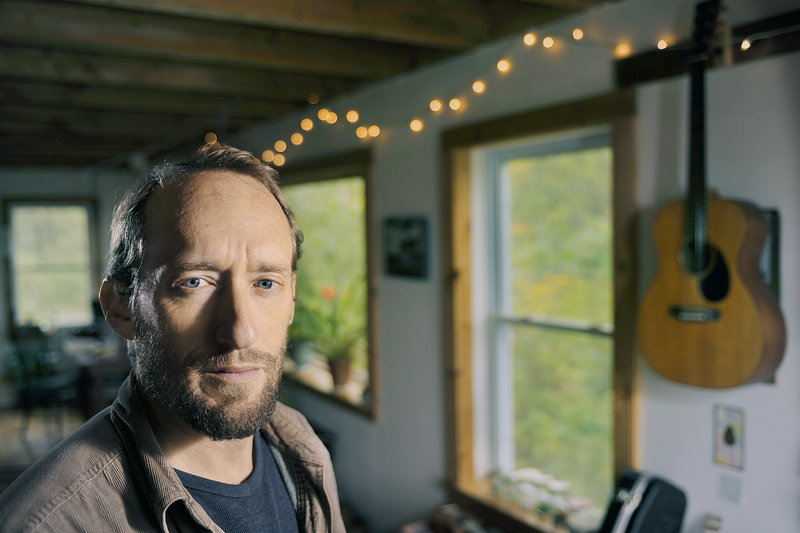
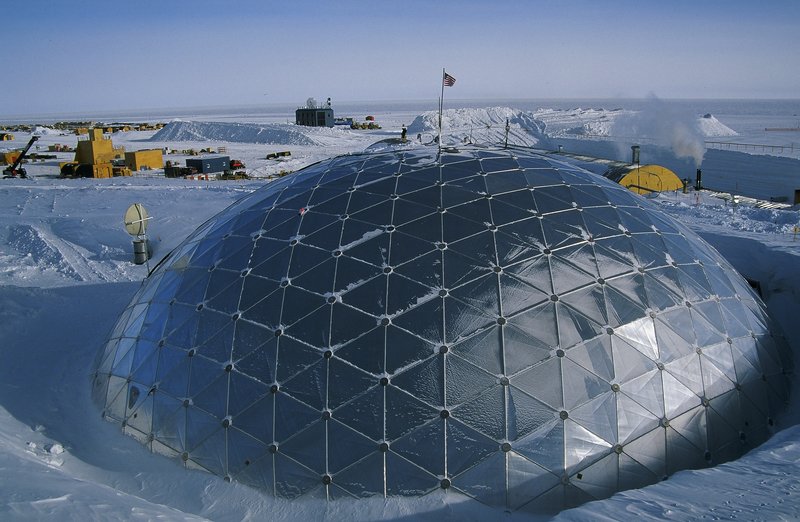
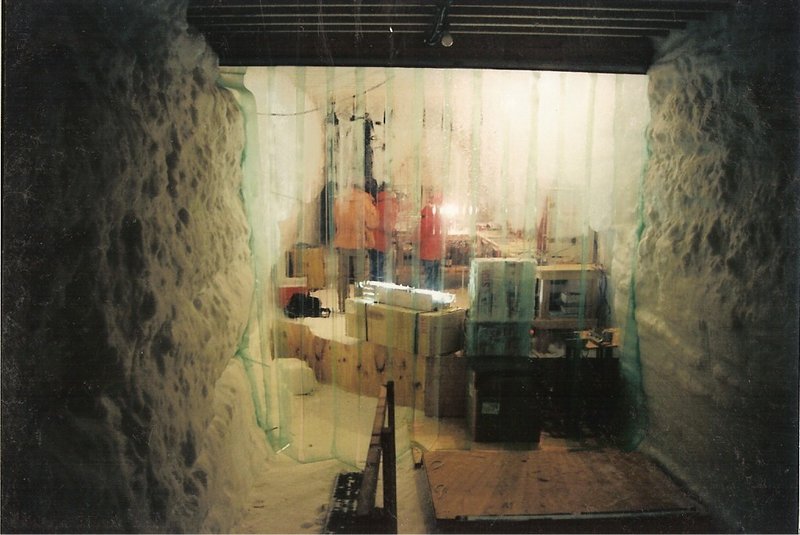
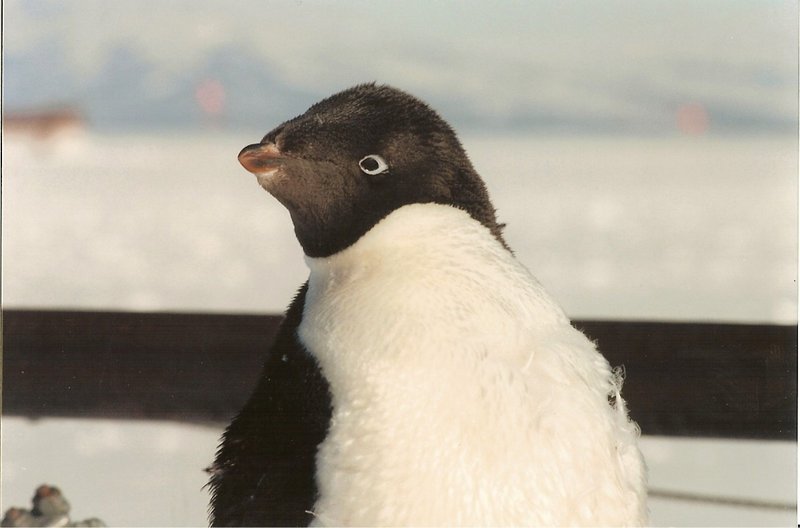
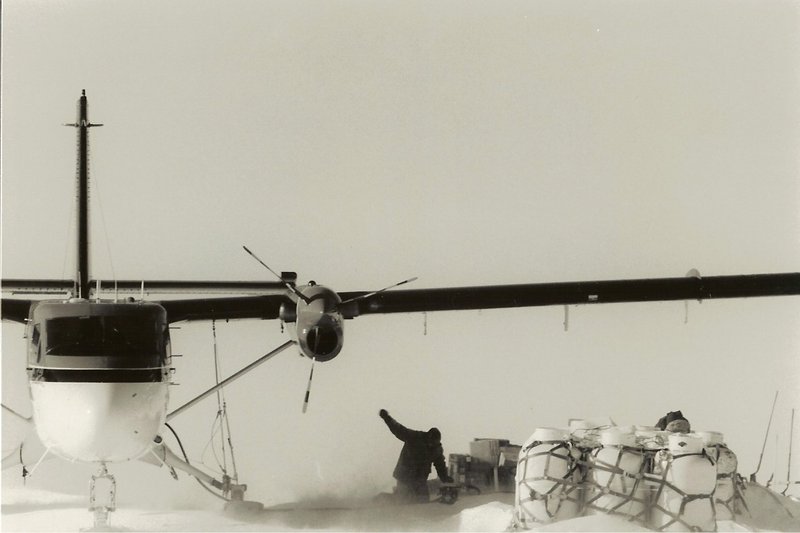
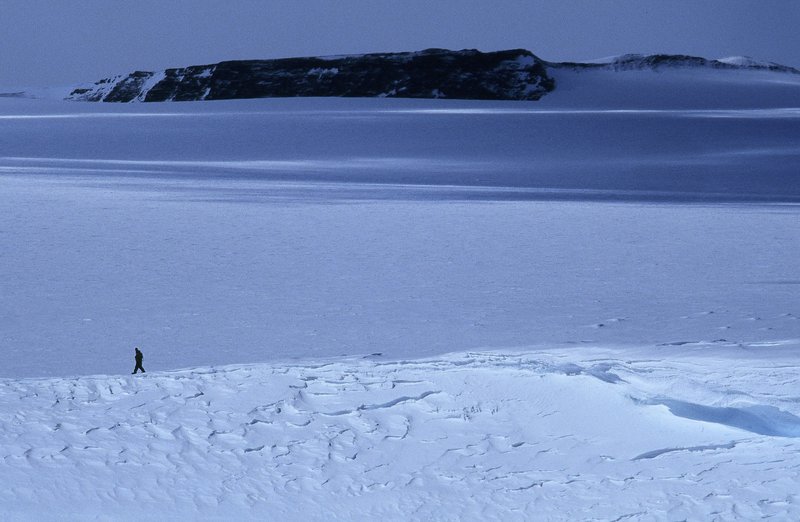
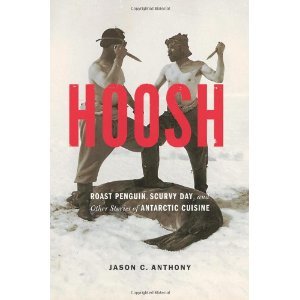
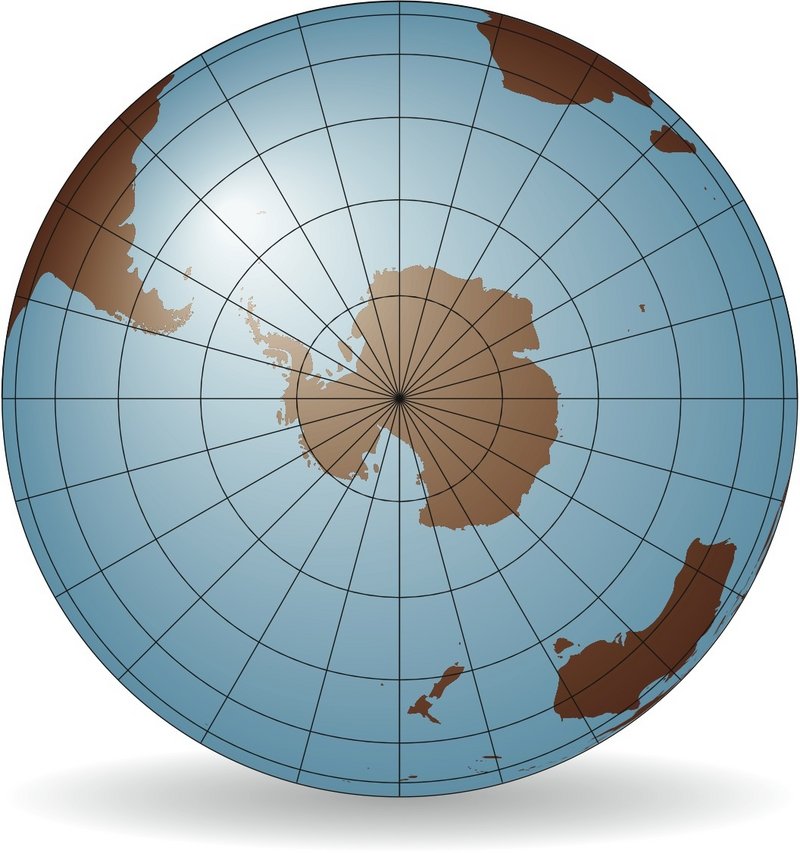

Comments are no longer available on this story